How to (Successfully) Buy Home Decor Online
Are you reluctant to purchase home decor online, worried it might not turn out as expected? Online shopping majorly broadens your design horizons and there ARE a few ways to dramatically increase your chances of success!
Check Store Websites
Many brick & mortar stores have online-exclusive inventory: things that aren’t carried in-store but can be purchased through the website. The major advantage here is that you can (usually) return these items to the store if they don’t work out.
NOTE: Always check the store’s return policy just in case, especially on sale items.
Choose Online Retailers with Good Return Policies
If you can’t find what you’re looking for at a brick & mortar store, use reputable online retailers with “hassle-free” return policies. Amazon Prime is a star example — huge inventory and easy returns! Article is great for furniture, and Wayfair gets an honourable mention.
Review the Product Dimensions
Photos can be deceiving. Before making a purchase, carefully measure your space, review the product’s dimensions, and make sure the piece you’re buying is a good fit. It’s helpful to create an outline with painters’ tape!
For example, this sunburst mirror is about 15” across, meaning the mirror itself is only about 5” (very small!). Before making any purchase, whip our your tape measure and remind yourself how big or small those product dimensions really are!
Review the Different Colourways
A client once bought this rug and was surprised at how much pink was in it, and how pink the pink was. “Fuchsia” to be precise — information that was provided between the lines!
Even though she’d chosen the “Ivory / Dark Blue” option, there was an “Ivory / Fuchsia” option too which provided an important clue. Different colours of the same product often just contain different blends/ratios of the same colours, so if one of the rugs is named “Fuchsia” and you notice a bit of pink in a different colourway, you can bet it’s the same pink.
In retrospect, the pink in the "Ivory / Dark Blue” colourway (left) is apparent, especially in the strip along the bottom. The “Ivory / Fuchsia” colourway (right) tells you just how pink the pink is!
Review Product Images
There are a few things to watch for when reviewing product images:
REFERENCE POINTS: Look for other elements within the photo that show you how the product looks in comparison. E.g. a wood floor that’s similar to your own, or something really white (like a porcelain sink or crisp white bedding) to illustrate how light/dark/colourful the product really is.
DISCREPANCIES: If the photos’ brightness and saturation are inconsistent (common with rug images), the more muted photos are often more accurate.
CLOSE-UPS: Close-up images give you a better sense of the accent colours found in the item. When buying something large like a rug, remember that the scale will be SO much bigger in person — the 6x9ish inch image on your screen will turn into a 6x9 FOOT real-life-rug, so the pattern will be way larger and the colours more pronounced.
All the bright colours in this rug were clearly visible in the close-up images.
Review Customer Images
Product images — especially rugs — are often edited and misleading. It’s SO important to review unedited customer photos, and see how a product looks in a real home. This is one of the most important steps to successful online purchasing!
Find Additional Images
If the item you’re considering doesn’t have a lot of product or customer images to view, try using Google Lens to help you find more examples:
right click on an image > click “search with Google Lens”
This will reveal the same or similar products being sold by different retailers. You might find additional helpful photos and reviews for the same product on a different website, or you might discover a similar product you like more, or you might even find the same or similar item for a better price!
Search images with Google Lens to compare products, prices, reviews, and photos.
Read Customer Reviews
When reading through reviews, watch for common threads, themes, and repeat comments. Occasionally, some reviewers may claim the colours are true to the product images while others report it’s lighter/darker than shown. When this happens, simply compare the comments against the photos and do your best to read between the lines.
Create a Design Board
The hardest part about shopping online is not being able to see how your pieces work together. This is where your design board comes in — it’s like a virtual room where you can compare products, test ideas, and make sure your pieces coordinate before purchasing.
This is particularly important with colour. (Even if the images aren’t totally accurate, you can still get a good idea!) For example, while choosing a duvet cover for a budget bedroom makeover, the design board immediately revealed that the cover with the tie detail (top left) was the better choice. The cover with the button detail (bottom right) was too indigo, which became obvious once both covers were on the board next to the rug.
TIP: Milanote is an amazing tool for creating design boards, saving product links, and keeping all your thoughts and ideas in one place. You can sign up for a free account, or you can use a program like PowerPoint to create your boards while bookmarking product links in your web browser.
Adding pieces to a design board helps you visualize which option will work better in the space.
Buy a Sample
If the store you’re browsing provides samples, definitely get some — even if you have to pay. The small extra expense is truly worth the peace of mind, especially on larger purchases like furniture or window treatments!
If samples aren’t available, you can purchase the smallest / least expensive version of the item you’re considering. This is particularly useful with rugs — before committing to the 8’x10’, you might order the 2’x3’ to preview the colours/texture/pattern. This will still amount to some extra effort and expense, but it’s way easier and cheaper to return something small!
Online shopping will never be foolproof, but these methods will seriously improve your experience and results! Good luck and happy shopping!


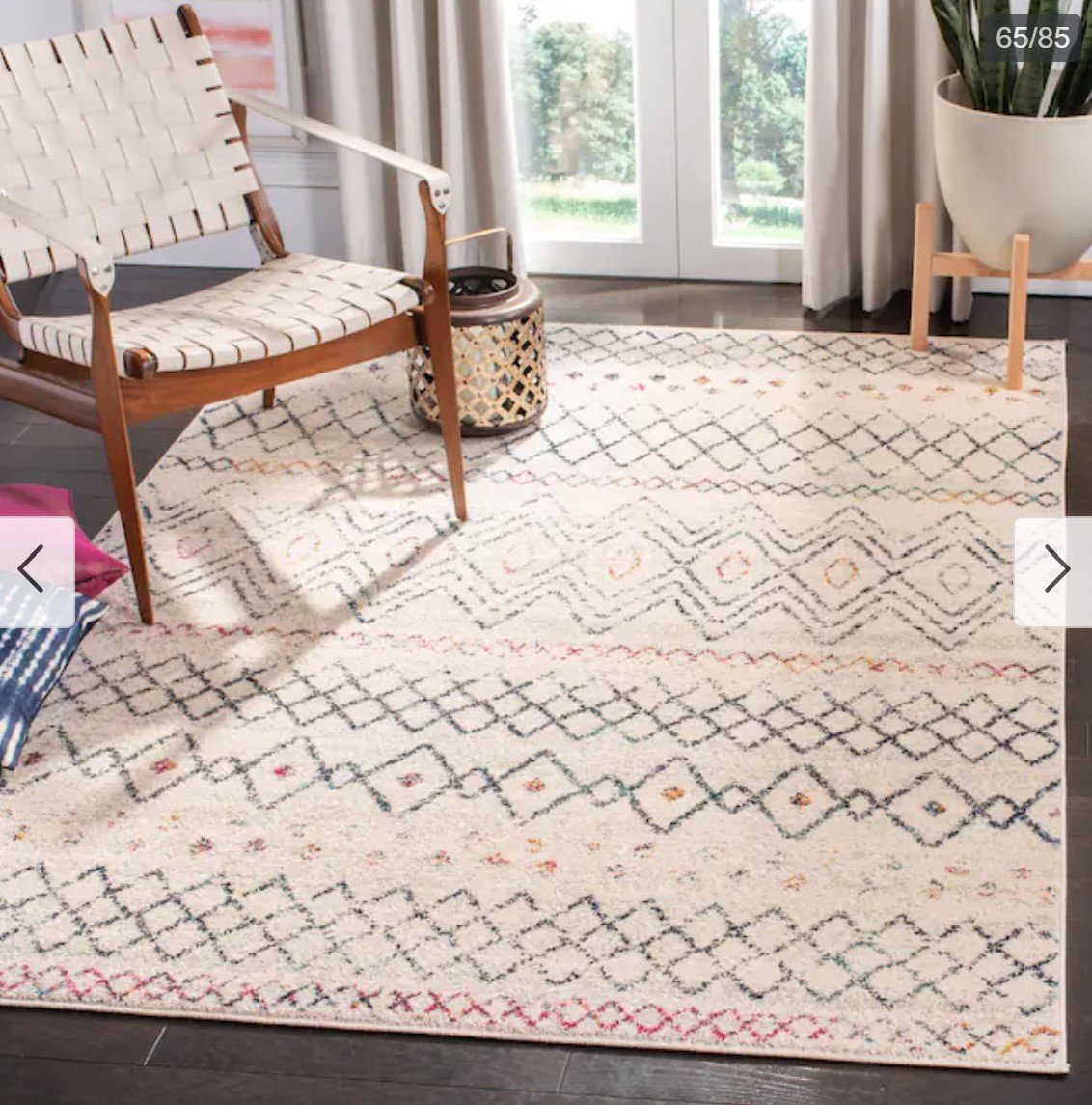
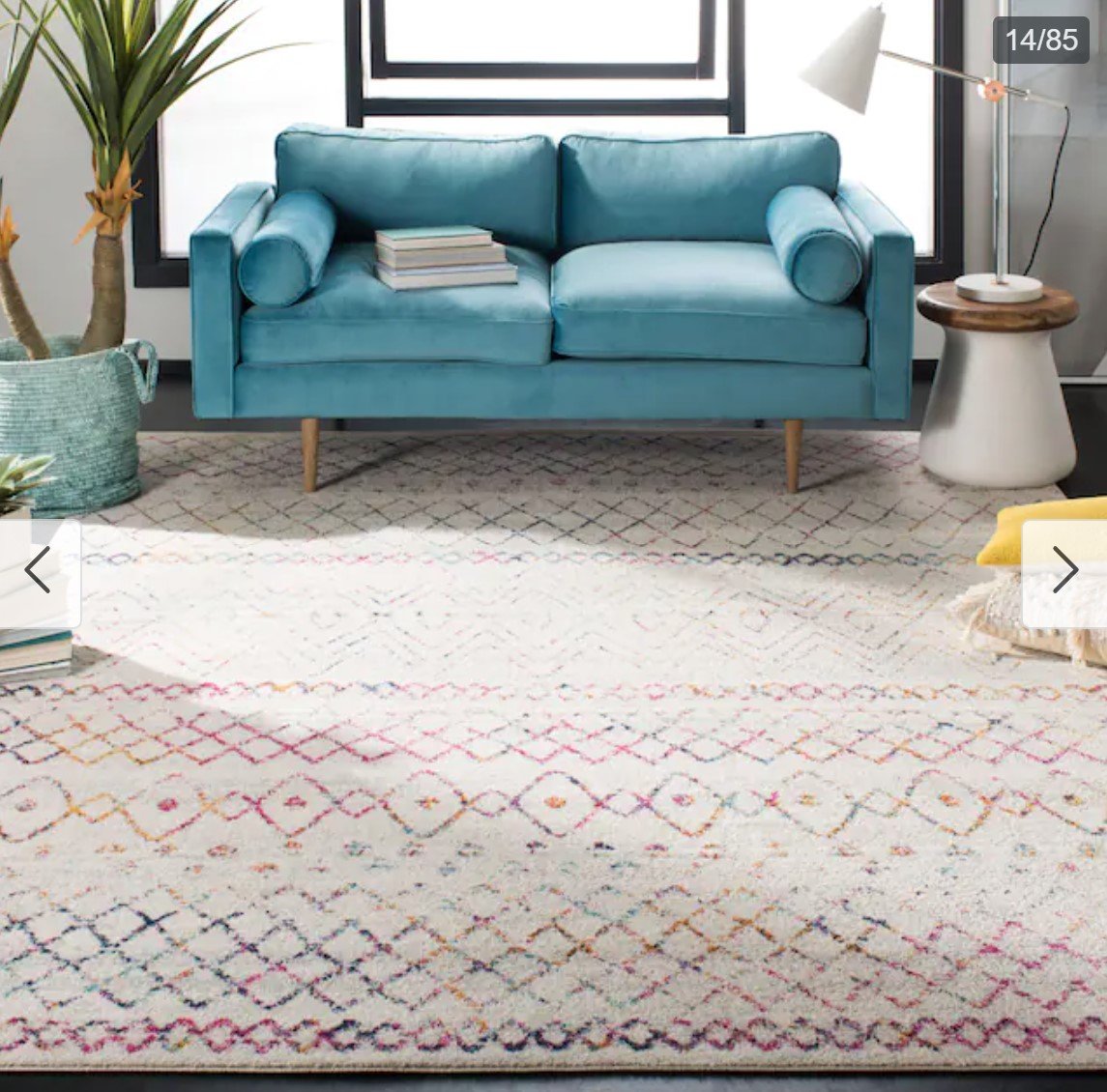
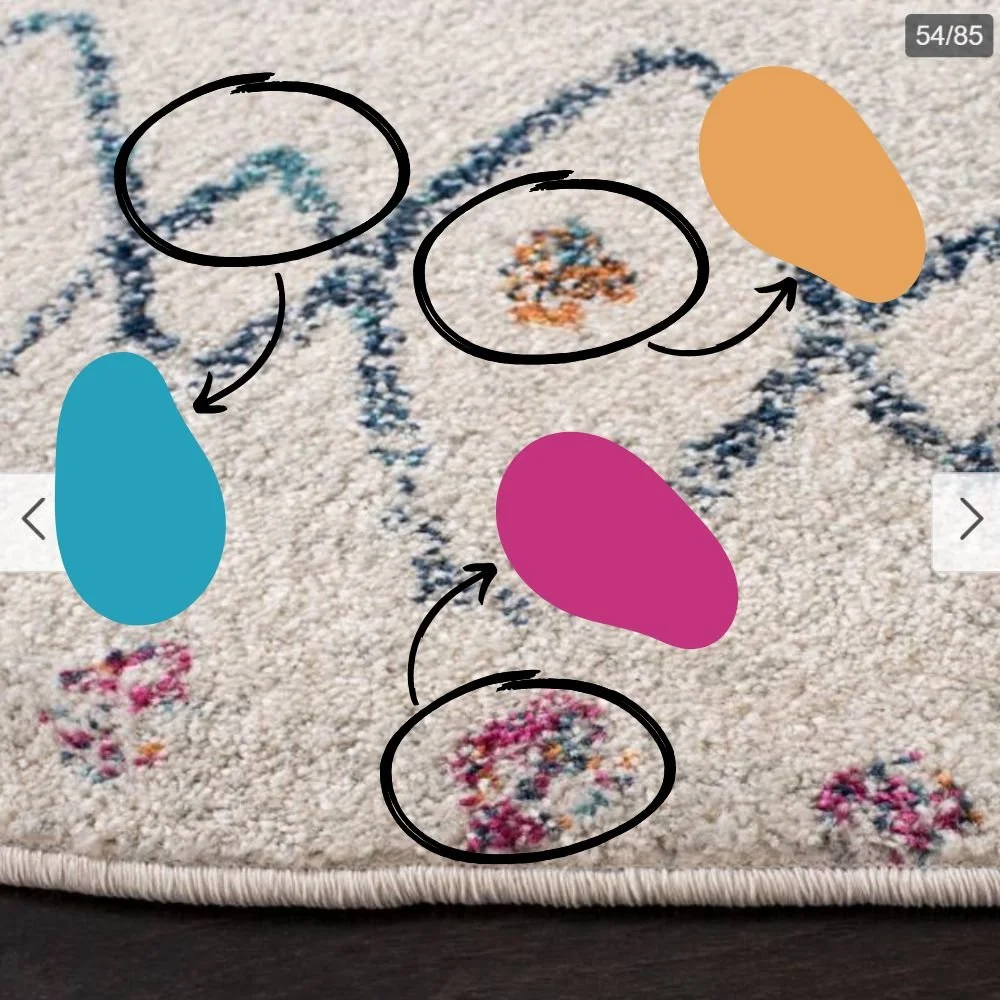
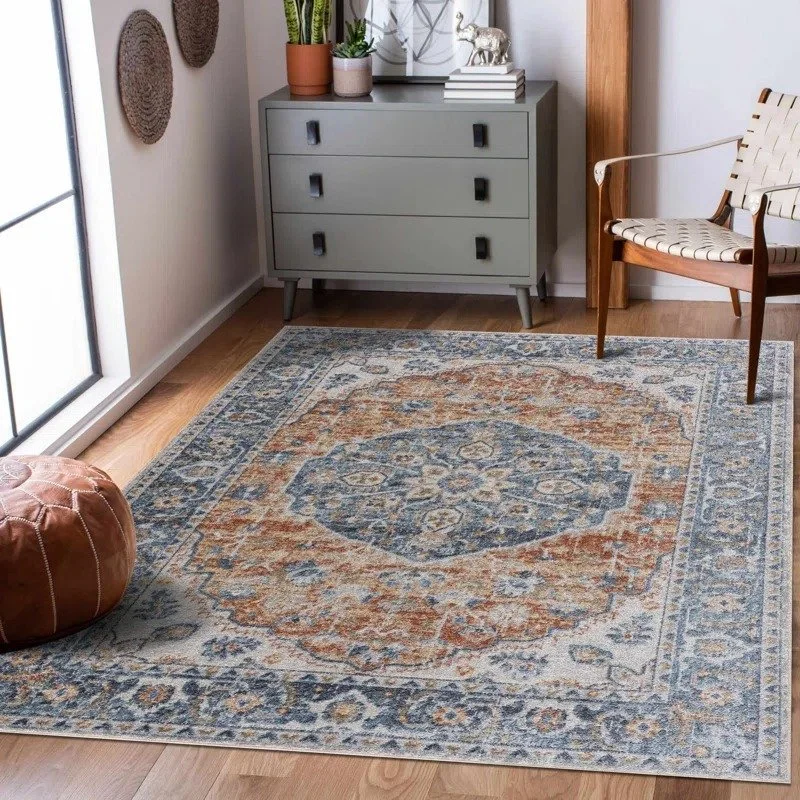
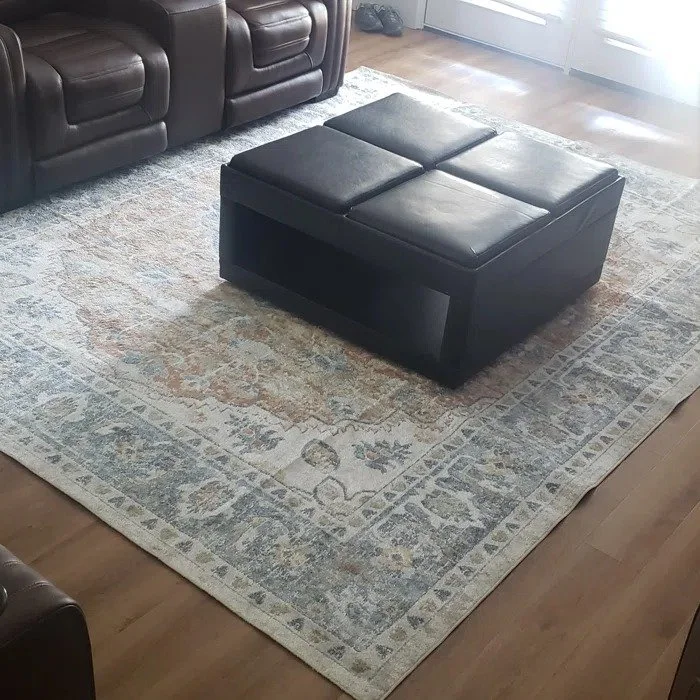


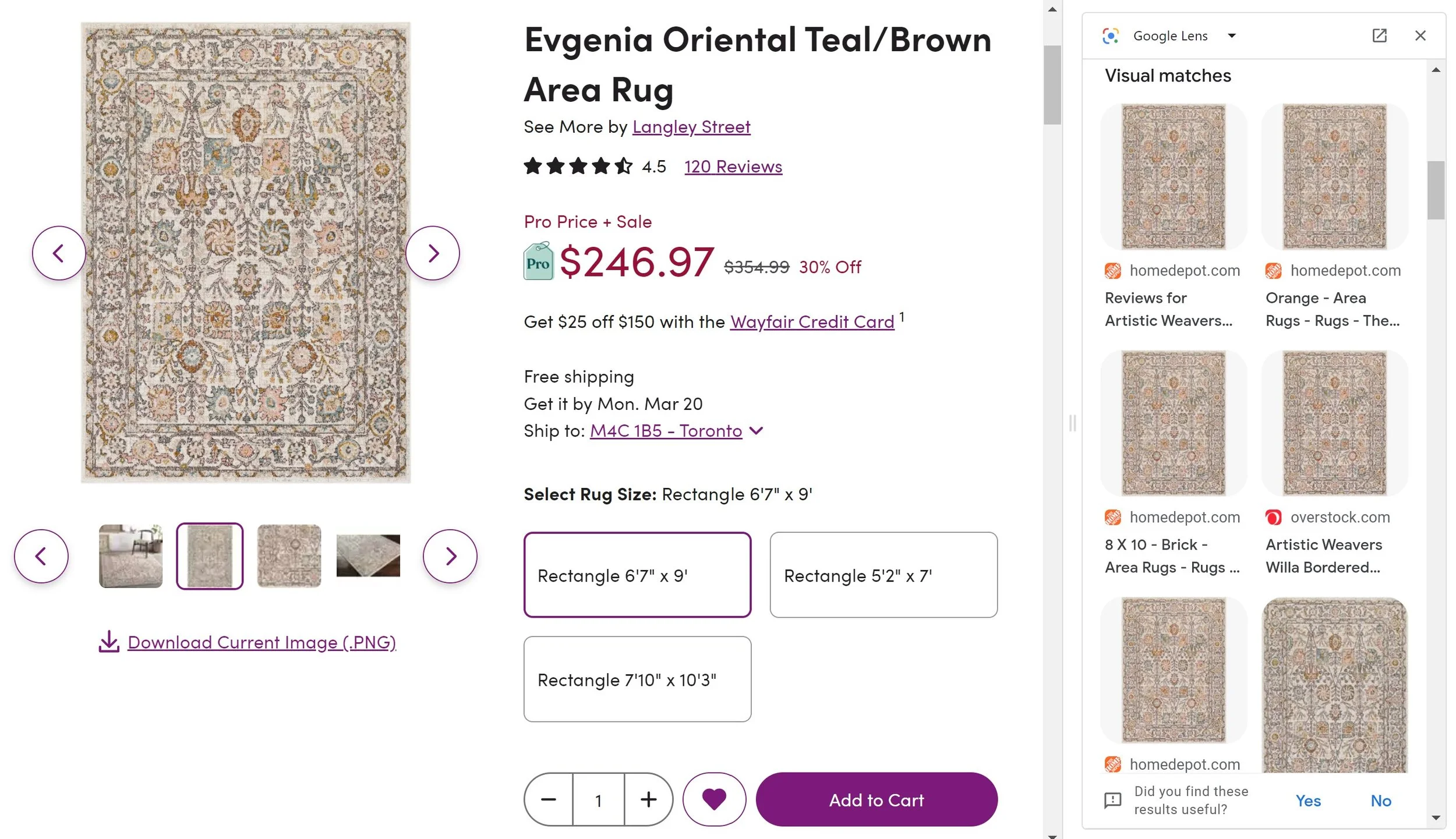
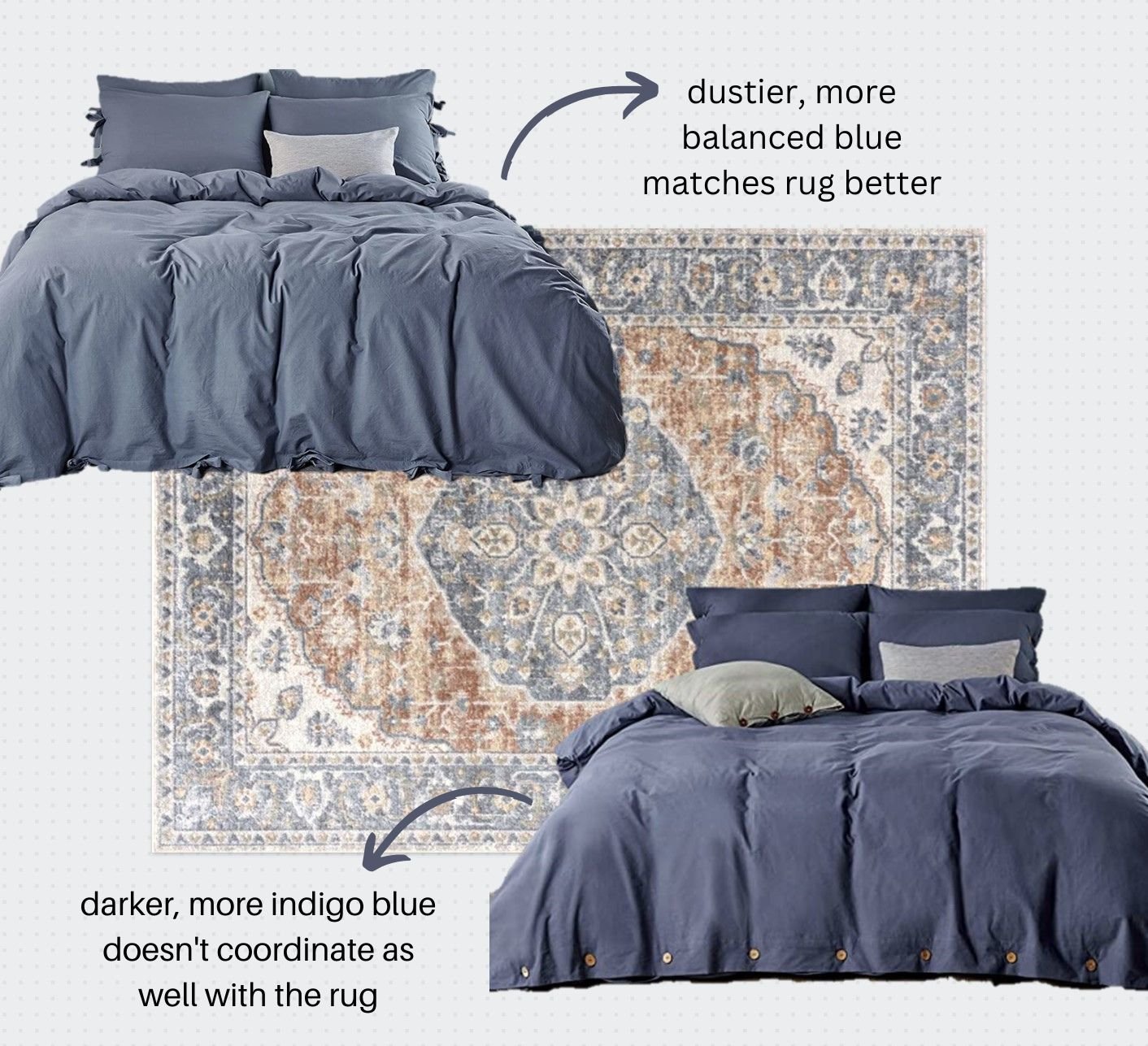







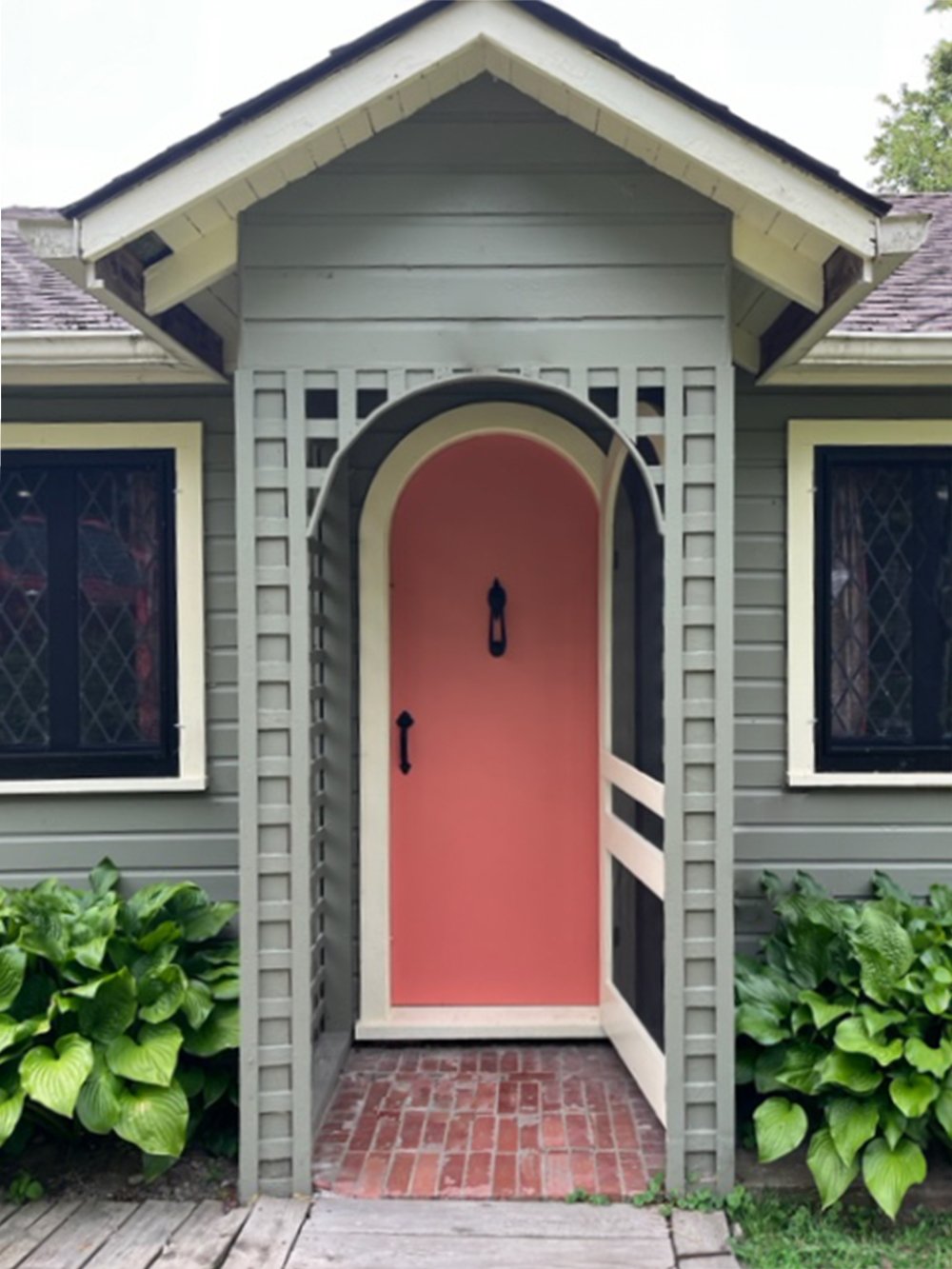







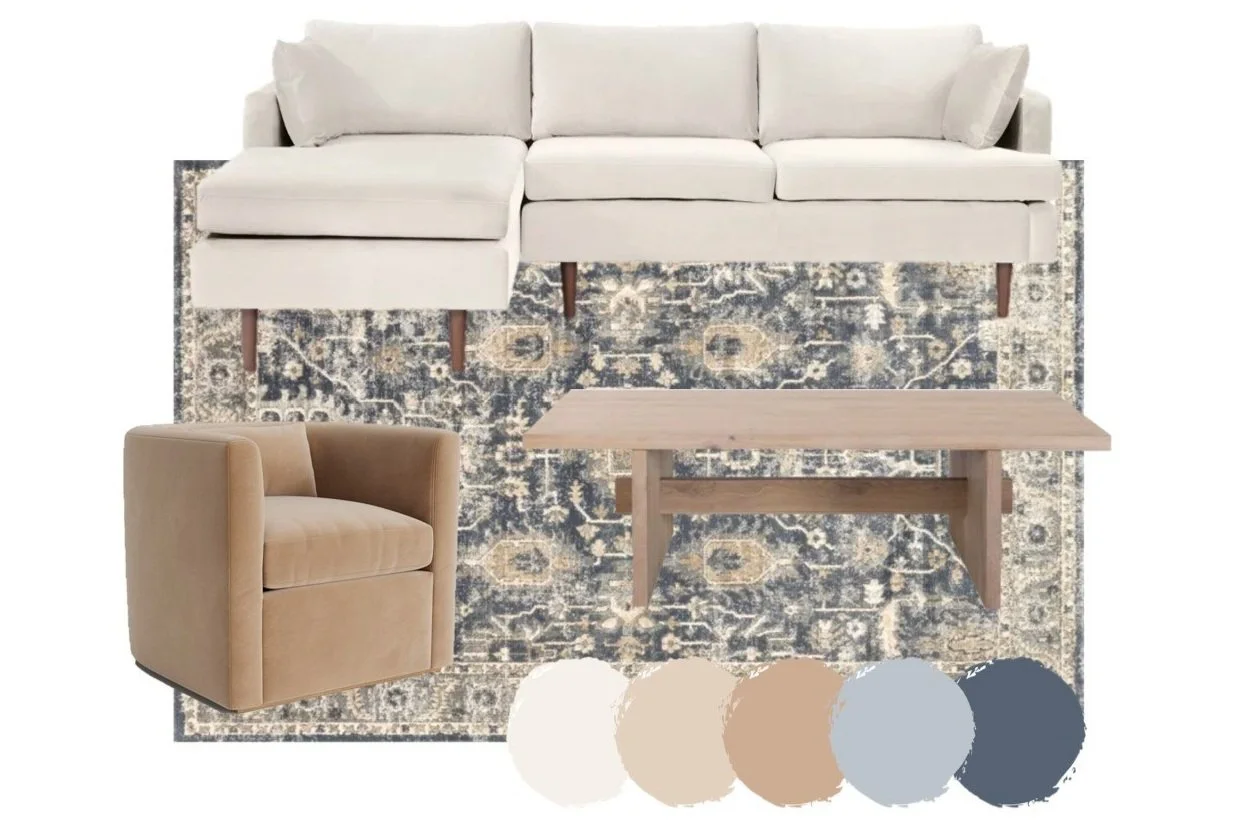
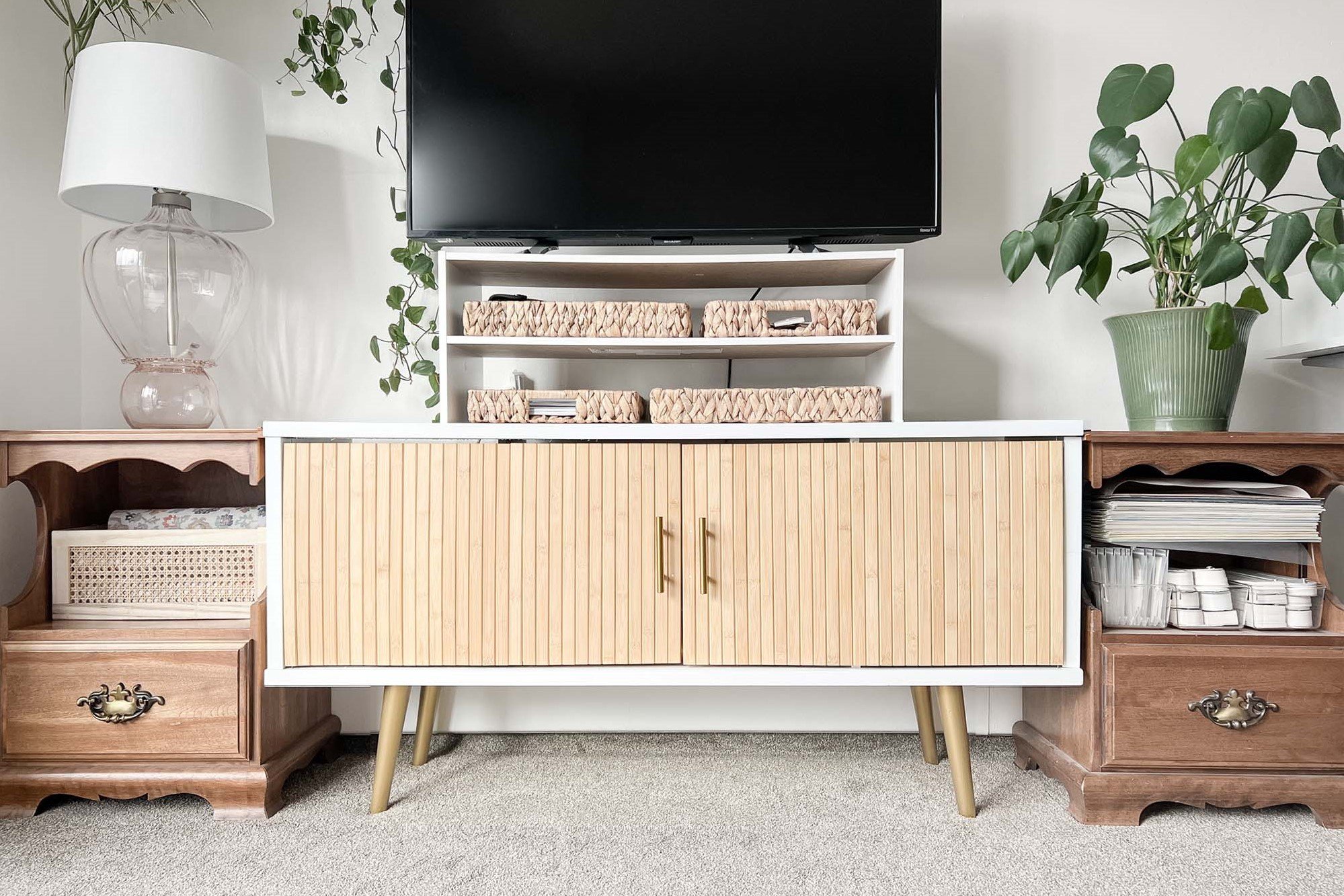











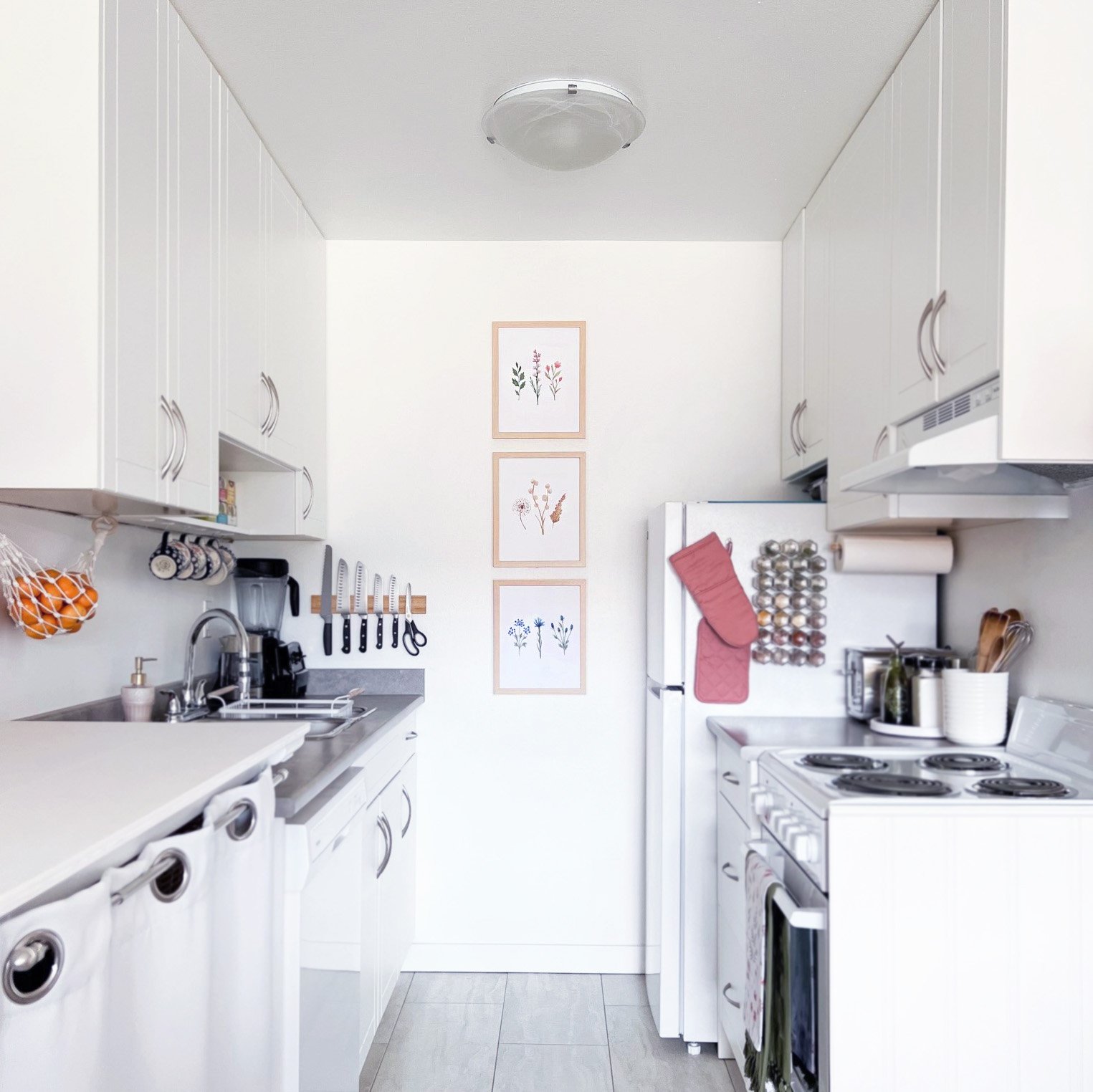


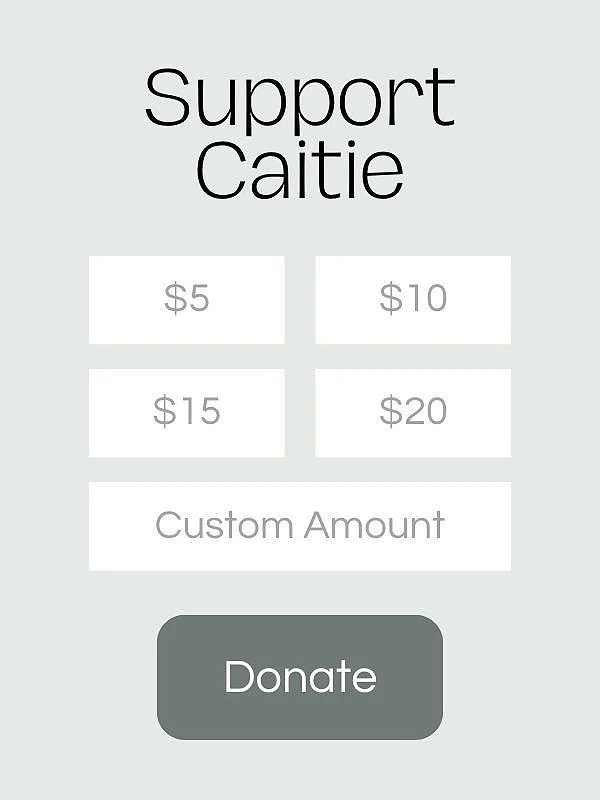

Laminate countertops are one of the most underrated design materials! They are a great affordable option for kitchens, bathrooms and laundry rooms, but their lower price point is not the only advantage. Here are 7ish reasons why you should consider laminate for your next project!